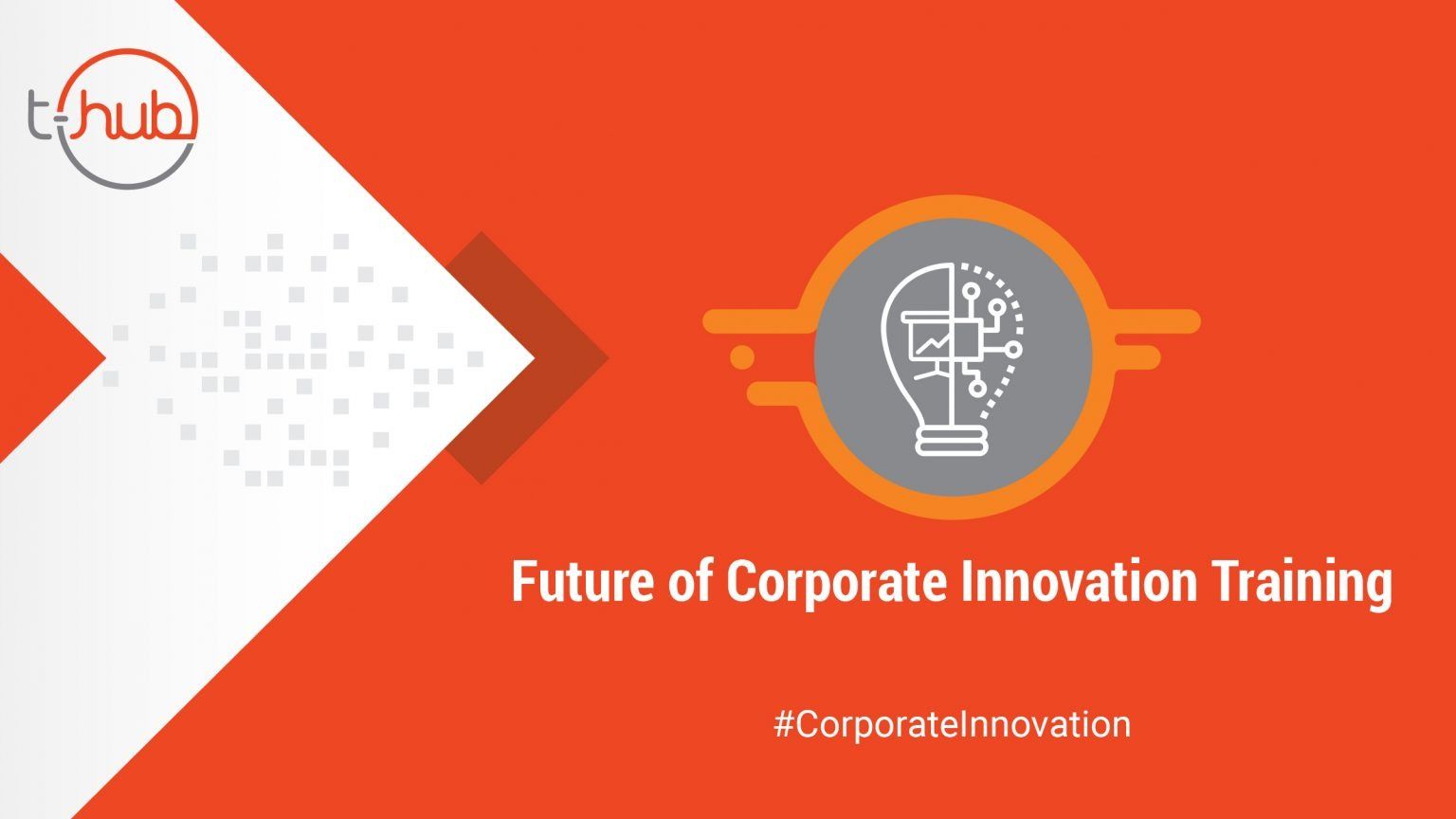After the COVID-19 pandemic, the world changed its behaviour and most importantly, everything shifted online, including finance. The growth of Fintech as an industry was majorly during the pandemic with people’s finances and financial decisions becoming digital. But not all fintech platforms were becoming famous or widely used.
In the banking sector, there were mainly two pain points – customer engagement and business performance management. Banks have been pushed to engage with consumers to drive better customer experiences and have been looking to leverage fintech partnerships or acquisitions to do just that.
Companies in B2B technology, operation core functionality or remote engagement, be that through gaming, social media or media content, will survive and in many ways will do very well. Those who are well capitalized and have high resaleability of their product will also do well during this period. Needless to say, companies that can deploy remotely, produce remotely or where users can consume products without face-to-face engagement will thrive in the coming months.
According to BCG, negative impact of COVID-19 will be more severe for those fintechs in international payments, unsecured and secured consumer lending, small business lending and for those where risks may be highest. It is believed that those fintech firms focused on B2B banking are less vulnerable as a group. The outlook for some of product categories are the same for both traditional banks as well as fintechs, but the smaller non-traditional firms will not have as much capital to absorb the negative financial forces:
Payments
Retail POS payments will continue to be negatively impacted by the slow recovery in spending at businesses globally. By contrast, P2P digital payments will continue to be strong as consumers opt for digital alternatives as opposed to cash or cards. High-ticket payments will be hardest hit, as travel and large consumer purchases will be slow to recover.
Lending
While digital lending will be a strong category in the long-term, this category faces difficult short-term prospects as consumers and businesses miss payments or default altogether. While their advanced credit risk algorithms will help to limit losses and potentially allow them to serve consumers and small businesses that traditional banks won’t serve, there is still a concern around the risk these firms will be willing to assume.
Deposits and Savings
While this category is expected to grow overall due to consumer behavior that shows a growth in account openings and money being saved, the fintech provider category may not participate in this growth due to an overall lack of trust. Offsetting this concern could be achieved through the offering of higher rates as was being done pre-pandemic.
Investment Services
According to BCG, fintech firms in the retail brokerage space recorded some of the highest usage numbers early in the COVID-19 cycle as market volatility was at an all-time high. This is expected to continue for the foreseeable future as consumers continue to react to extreme market changes.
Technology Providers
As could be expected, technology providers were some of the early winners when COVID-19 hit as traditional banking organizations scurried to deploy digital solutions to meet consumer demand. Many of the sales were initiatives already agreed to but not yet implemented until market conditions required immediate action. It will be interesting to see if investment in technology and digital solutions continues as traditional financial institutions are forced to reduce costs.
Fintech infra with resilience is an imperative
Over recent years, we have seen the emergence of various FinTechs as infrastructure providers. In this role, FinTechs are selling services to financial institutions not only to improve the end user experience or to add additional capabilities, but also to more fundamentally change the way these financial providers offer their services, i.e. through digitalisation, and better manage risk. This breed of FinTechs are also helping financial providers to better meet their consumers’ ever-changing needs and deploy new offerings at a faster pace.
Two possibilities could be extended into the FinTech infrastructure space. One could argue that currently, we have a relatively splintered sector with many specialised providers competing within their respective niches. However, several acquisitions made by larger financial institutions, e.g. the likes of Visa and Mastercard, is either by design or necessity contributing to the consolidation of infrastructure providers under larger umbrellas.
Should these acquisitions continue, it is fully possible that we will find ourselves with many FinTechs providing end-user experiences while relying on the same back-end infrastructure. Or perhaps a single mega-provider or handful of mega-providers that handle/s everything from the back- to front-end.
The future most likely lies somewhere in the middle of these two extremes, where new start-ups are still able to launch and thrive in spite of frequent acquisitions of successful providers, forming an equilibrium between the super-provider and micro-provider scenarios.
It is also important to highlight that, although these back-end scenarios may not represent the customer-facing parts of a FinTech, they are somewhat interdependent on each other.
Consumer-facing providers can also rely on several partnerships for back-end functionality with distinct infrastructure providers used to handle cross-border payments, AML, open banking, and other elements. Alternatively, the inverse is also possible, with customer-facing FinTechs becoming more commonplace, targeting ever-narrower niches, but all connect to a single back-end infrastructure provider.
Either way, we are sure that the picture for this decade will look very different from the picture seen last decade!
Don’t forget safety!
Can fintech be stronger than ever as we come through the pandemic?
Fintech companies have been able to innovate at a rapid pace, as they are not bound by legacy IT or, especially, extreme governance. This has allowed them to churn out new products and updates at an increased rate that regulatory bodies have struggled to keep up with. However, as fintech becomes more engrained in consumers’ everyday lives, accessing and storing the sensitive personal data that cybercriminals covet is an increasing challenge, and regulatory crackdowns are inevitable.
Large financial institutions and smaller fintech companies are increasingly leveraging on each other to successfully meet the growing consumer demands in Asia Pacific for greater accessibility and management of their finances. For established firms, such fintech partnerships will allow for faster innovation, while the value for smaller fintech firms will come from the revenue, scale, and credibility banks provide.
Fintech largely relies on applications that can access users’ financial profiles to perform a variety of real-time transactions. Applications are an increasingly common attack vector, and vulnerable code can be exploited as an entryway into financial networks. Banks and fintech need to ensure that a robust application security infrastructure is in place to protect user data. This should include a web application firewall enabled with current threat intelligence to identify and mitigate known and unknown threats, as well as detect and patch vulnerabilities.
Many fintech companies utilize cloud services to provide consistent, scalable performance with lower upfront costs. However, the cloud must be secured differently than a traditional network or data center, and disparate point solutions often amplify data movement while reducing visibility across these distributed environments. Banks and fintech firms must ensure that the same security standards they apply to their own networks are applied in the cloud. In addition to detection and prevention, this security must also be dynamically adaptable and scalable to ensure that it can grow seamlessly alongside cloud use. Additionally, to secure financial data, firms need to implement internal segmentation, along with cloud access security brokers, to improve data visibility while integrating industry security standards.
At T-Hub we have been hosting industry specific roundtable discussions to understand the pain points and innovation imperatives from leaders. You can follow our social media pages to know more about these initiatives and be part of it. We at T-Hub invite corporate organizations to partner with us to craft their innovation journeys and transform their business models. Know more, https://bit.ly/3erqVQ9.






